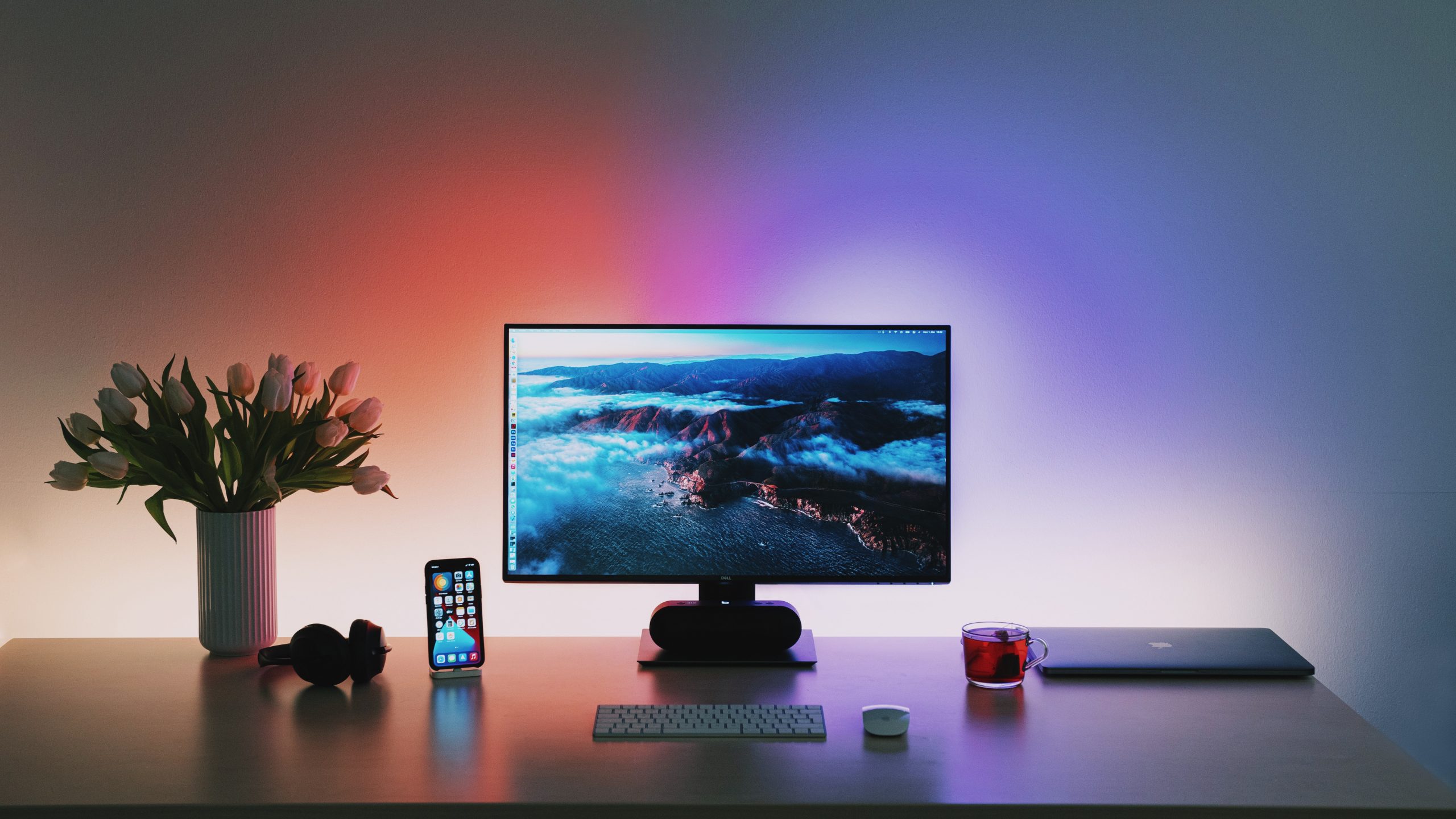20 May 2025
The Summer 2026 Virtual Showcase is happening on June 3
Join us June 3 for a Showcase about succession, contingency and onboarding planning to ensure continuity.
Announcements

Last spring, did you scramble to figure out ways for learners to access instructional materials from paper files, workbooks, readers and binders? We learned that paper packets were produced for some learners, especially those who didn’t have the right device, enough data and experience to access instructional activities on a computer. We also learned that the most commonly used mode for communication and instruction was email. This got us thinking about ways to support a transition from paper-based to digital instructional materials.
We think HyperDocs are a solution!
A HyperDoc is a carefully planned use of Google Docs or Slides to organize content and instructional activities using text, audio, video, images and, of course, hyperlinks. Think of it as an interactive and self-contained learning module. You can also use MS Word and PowerPoint, but most available HyperDocs are developed using Google applications.
That’s the other amazing thing about HyperDocs: they’re widely available online for free for anyone to use! They’re an open education resource (OER) supported by a vibrant community of K-12 teachers and a growing number of adult educators.
HyperDocs can be short, specific lessons, like introduction to fractions and their uses. They can also be more general and then applied to different topics and subjects, like the inquiry template. They can even be a comprehensive collection of learning activities, resources and ideas that you can use to develop smaller lessons or modules, like digital storytelling ideas.
It’s your choice. Two of the above examples were created with Google Docs, and one used Google Slides. After experimenting with both, we think Slides offer a few more features for LBS learners and educators and are easier to navigate. They work well on Zoom when sharing your screen or can be projected on a screen during class. You can use the speaker notes to provide additional instructions and information. And learners can use the speaker notes to record themselves and practise reading text on a slide aloud.
Whatever Google application you choose to use, you can integrate Google Forms to create quizzes and other activities, and use accessibility features and add-ons like text-to-speech or recording tools.
Once more regular in-person routines resume and you’re able to provide direct support, HyperDocs can become a way to fully integrate initial digital literacy development directly with literacy and numeracy development. In addition, with access to various modules through shared Google Drives, learners can continue using the activities if they have to miss a tutoring session or be away from class.
Yes, creating a single HyperDoc does take time and effort. But what if it’s not all up to you to do the work? What if we could build a collection — sort of a crowdsourced effort? This is something we’re currently exploring.
To start, we curated a collection of instructional materials that could be used in HyperDocs or on their own. We then built a sample HyperDoc for learners using one of the reading resources from the collection. Imagine a more comprehensive collection with different topics that you could access, modify and put to use!
Based on preliminary feedback, instructors want to learn more about HyperDocs for learners.
We’ve developed a small website called From binders to Hyperdocs, where you’ll find all of the resources we mentioned and many more, including a series of professional learning HyperDocs to help you transition from paper-based planning to digital. We’ve also included a feedback form. The work continues this year, so let us know what you’d like to see!